Answered step by step
Verified Expert Solution
Question
1 Approved Answer
ANSWER THE FOLLOWING QUESTIONS BASED ON THE ARTICLE BELOW Summary Information 1. Identify the most important facts surrounding the case. 2. Identify the key issue
ANSWER THE FOLLOWING QUESTIONS BASED ON THE ARTICLE BELOW
Summary Information
1. Identify the most important facts surrounding the case.
2. Identify the key issue or issues.
3. Specify alternative courses of action.
4. Evaluate each course of action.
5. Recommend the best course of action.
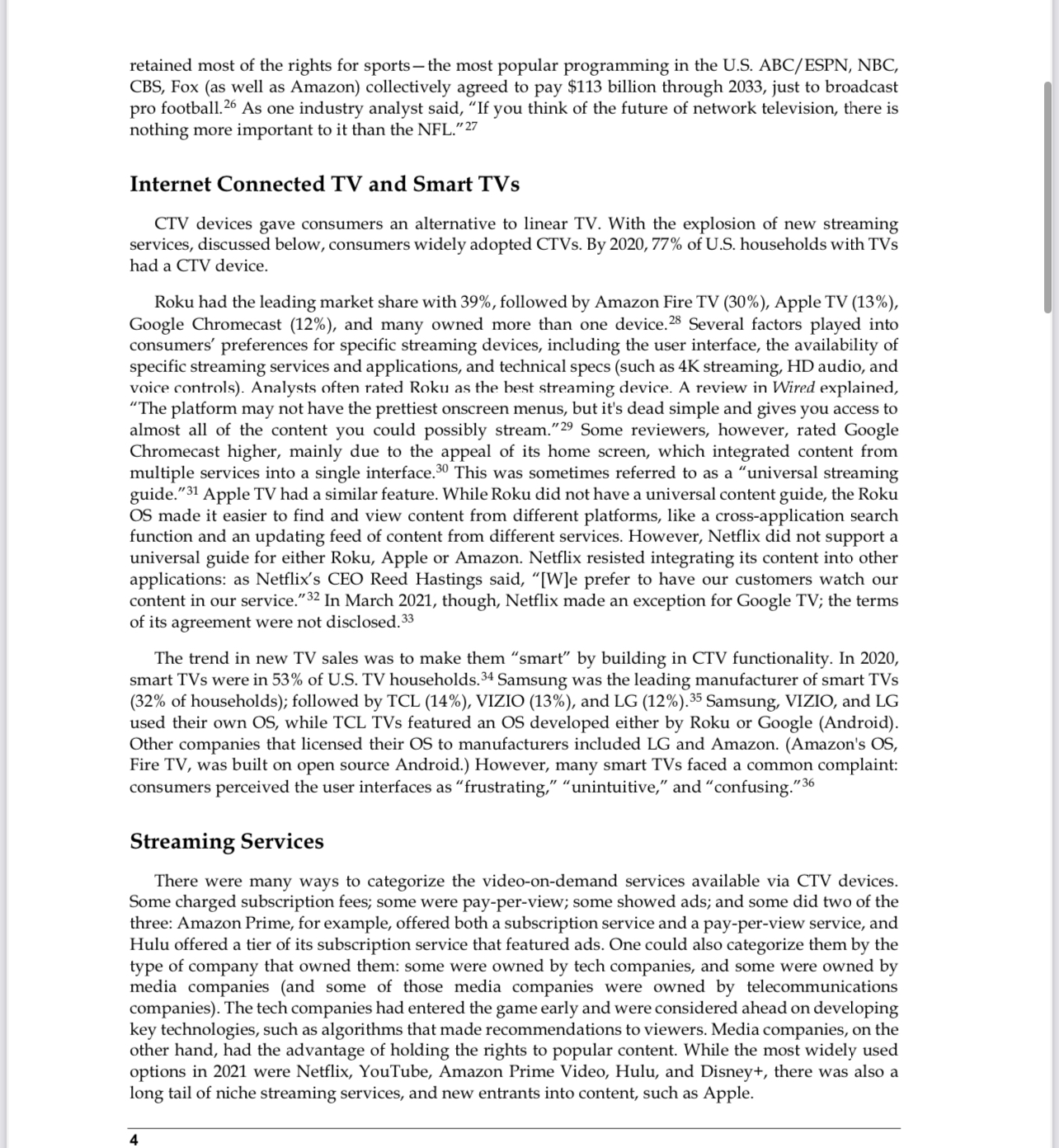
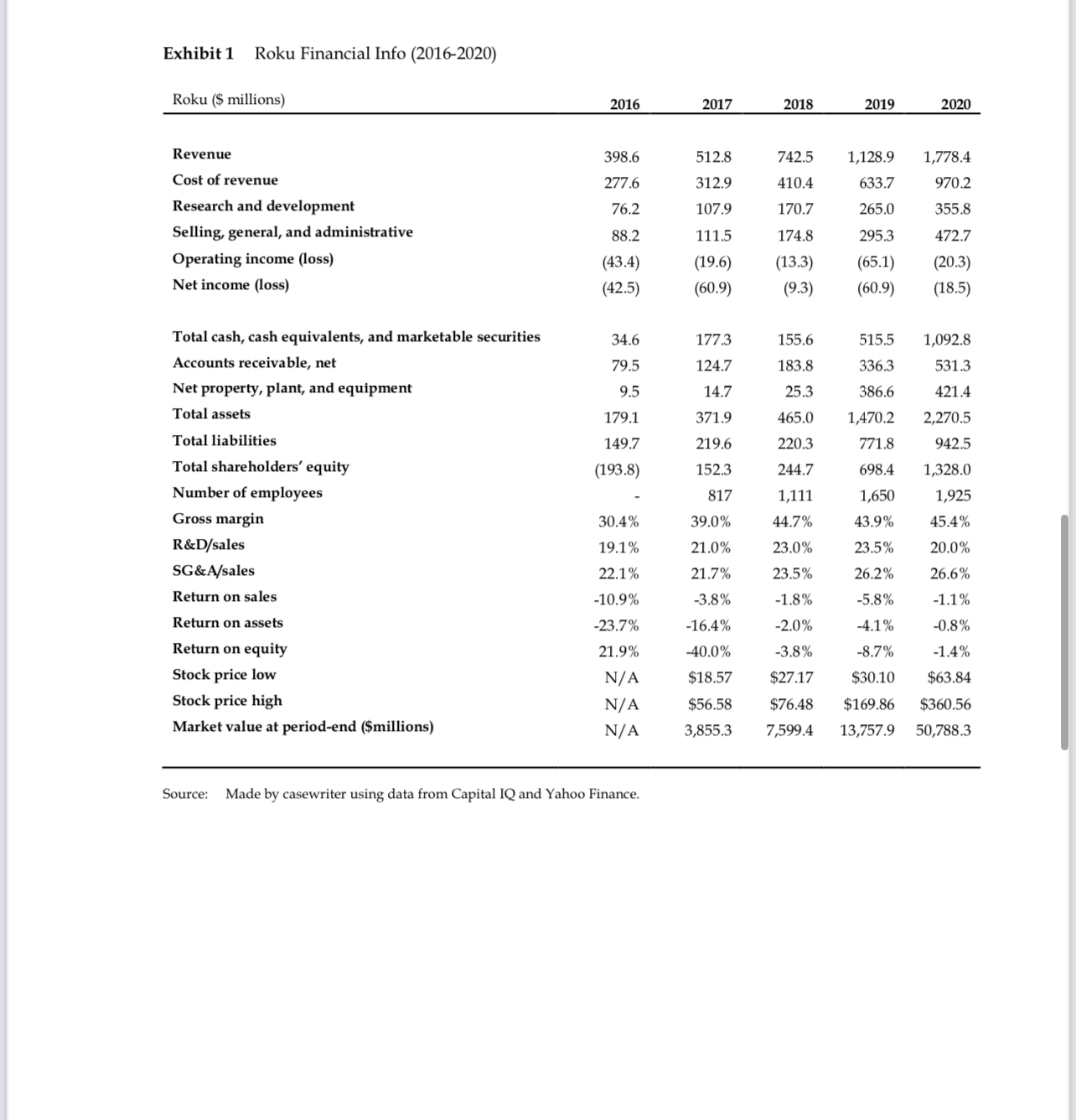


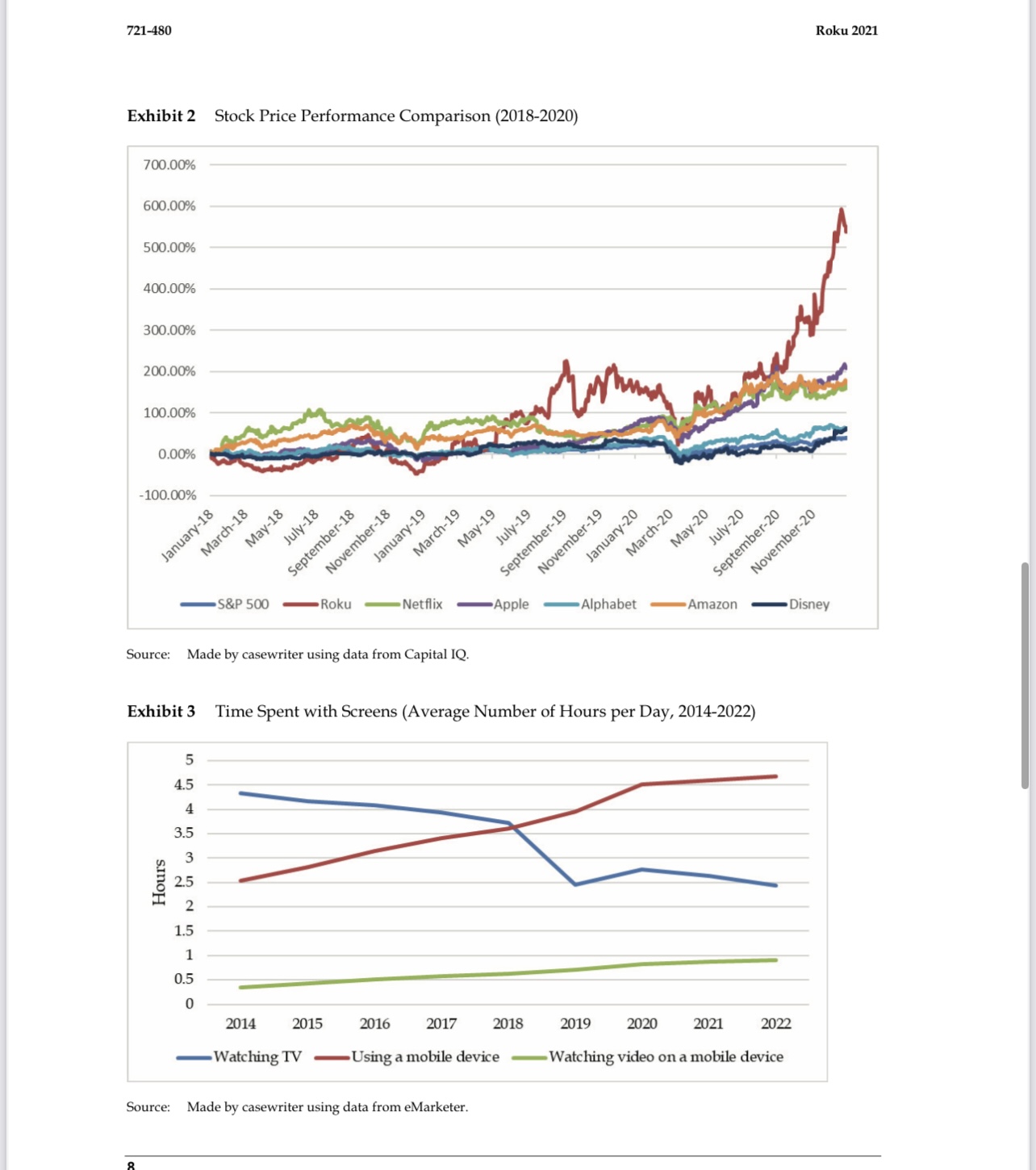
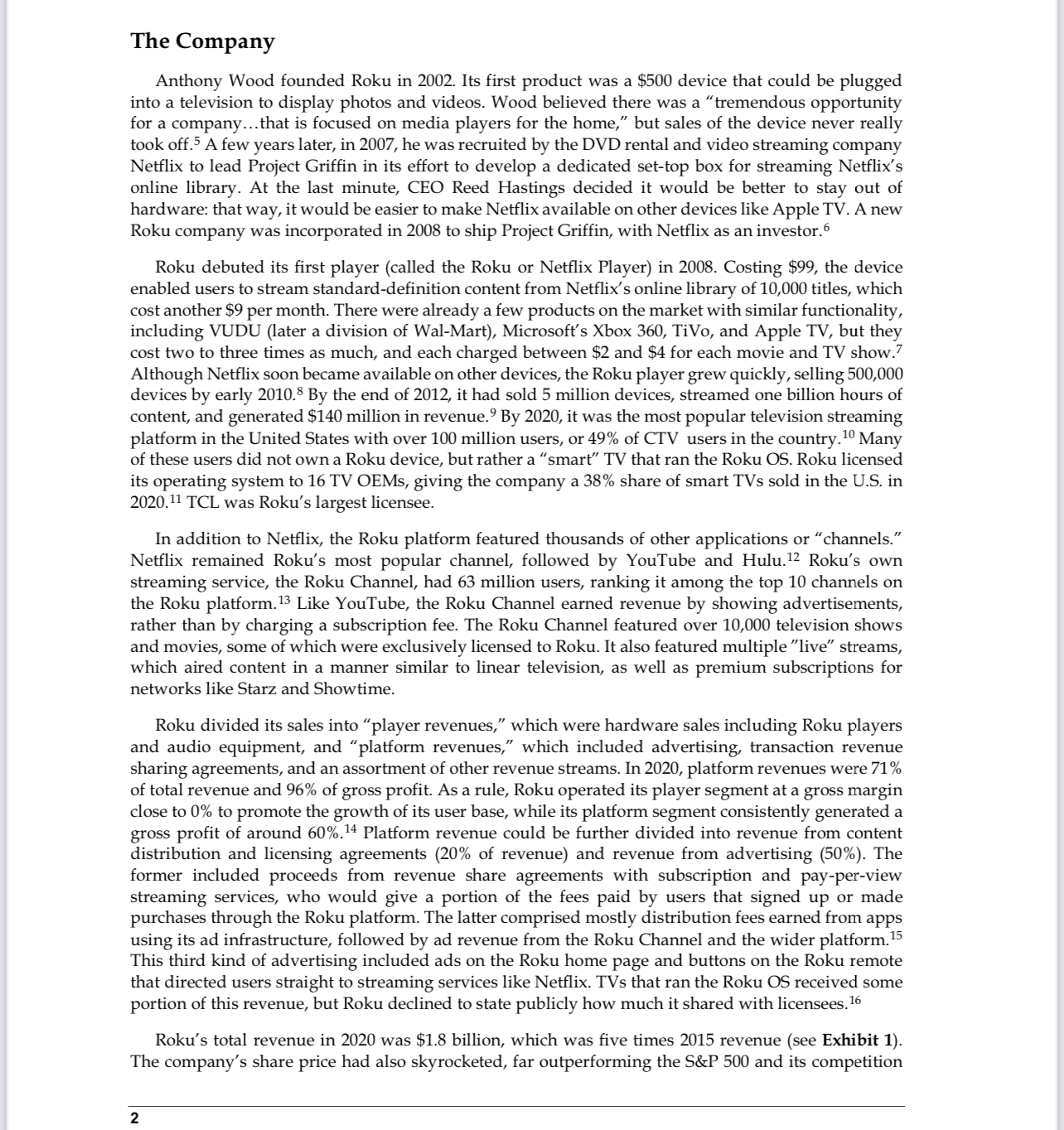
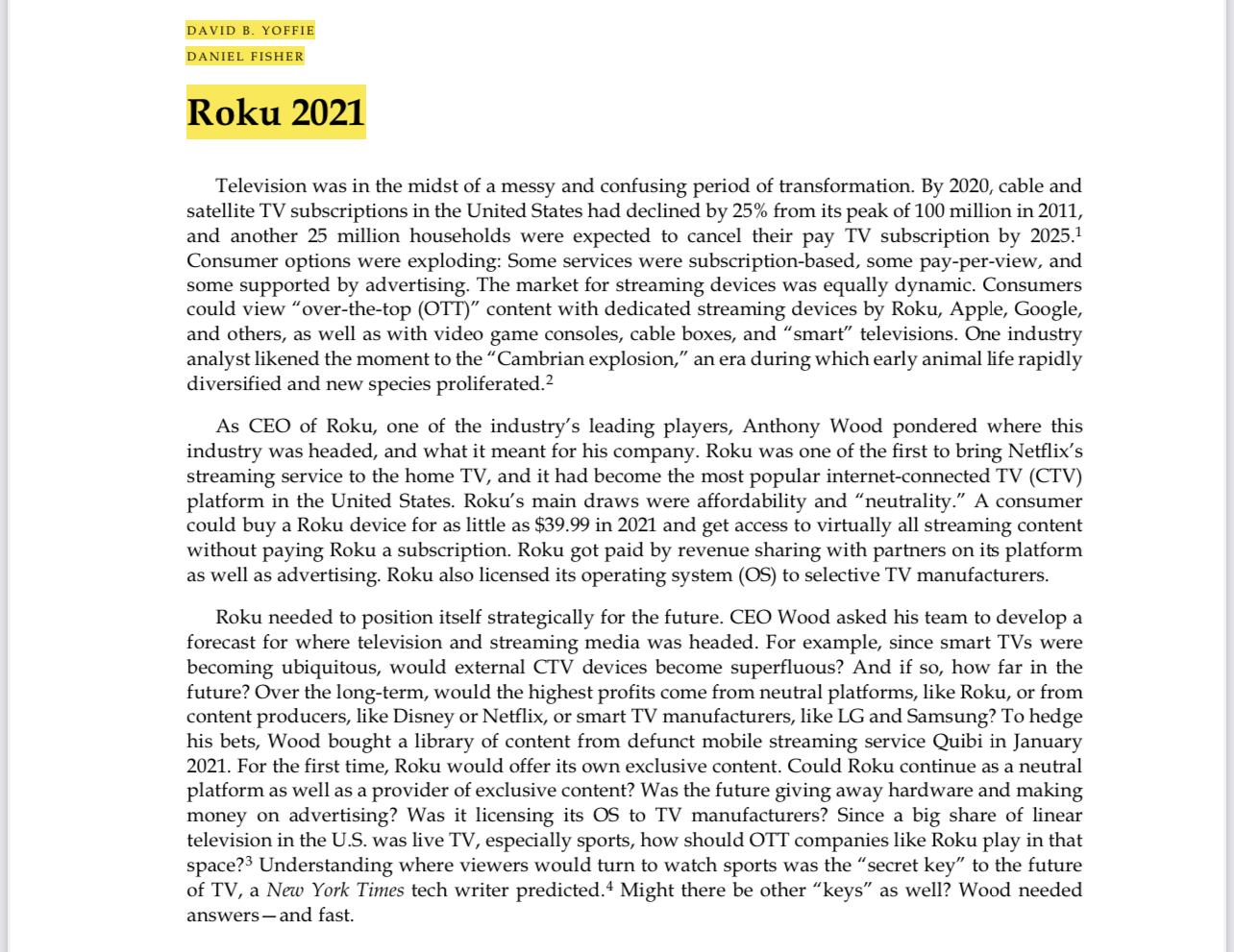
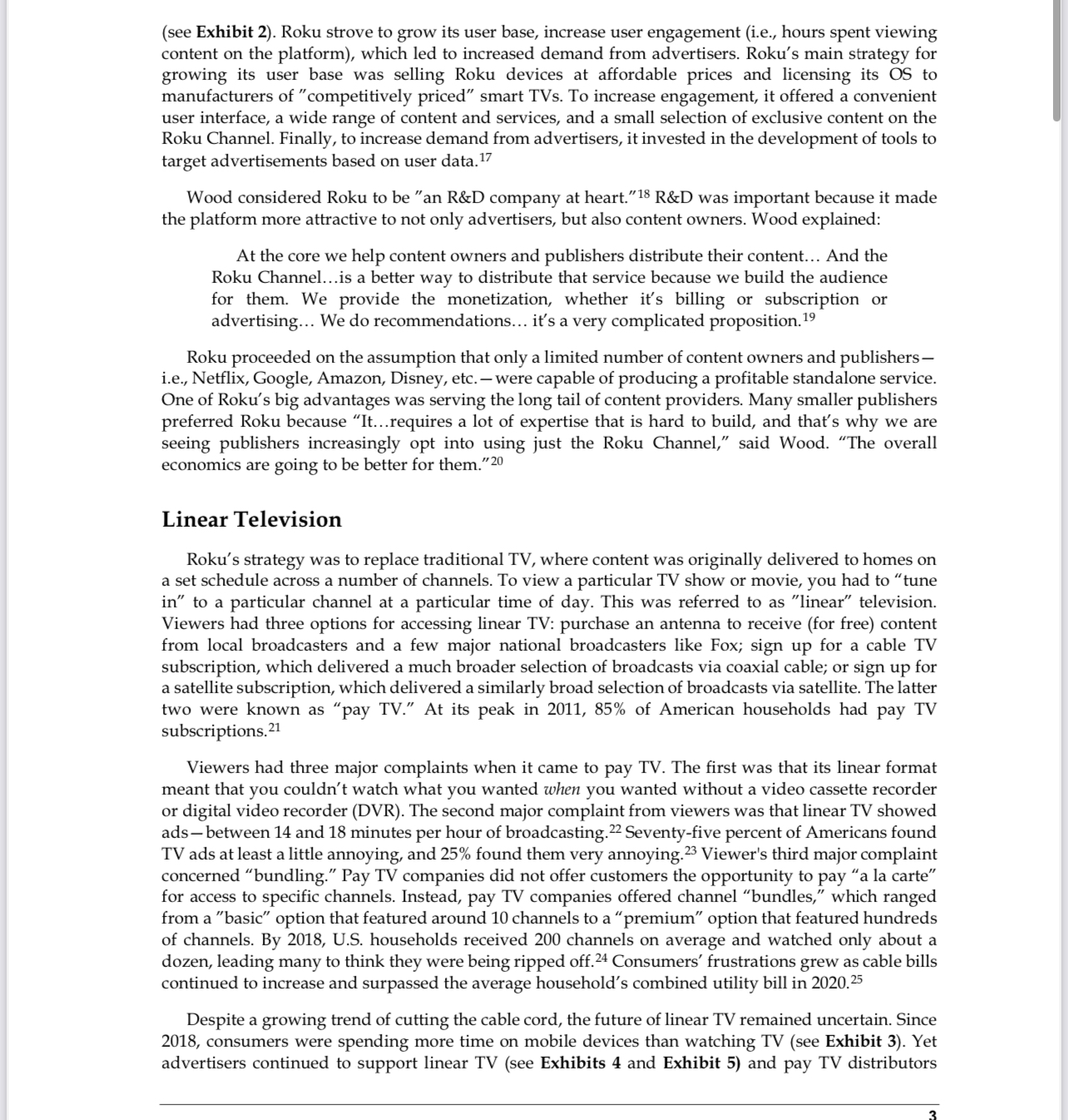
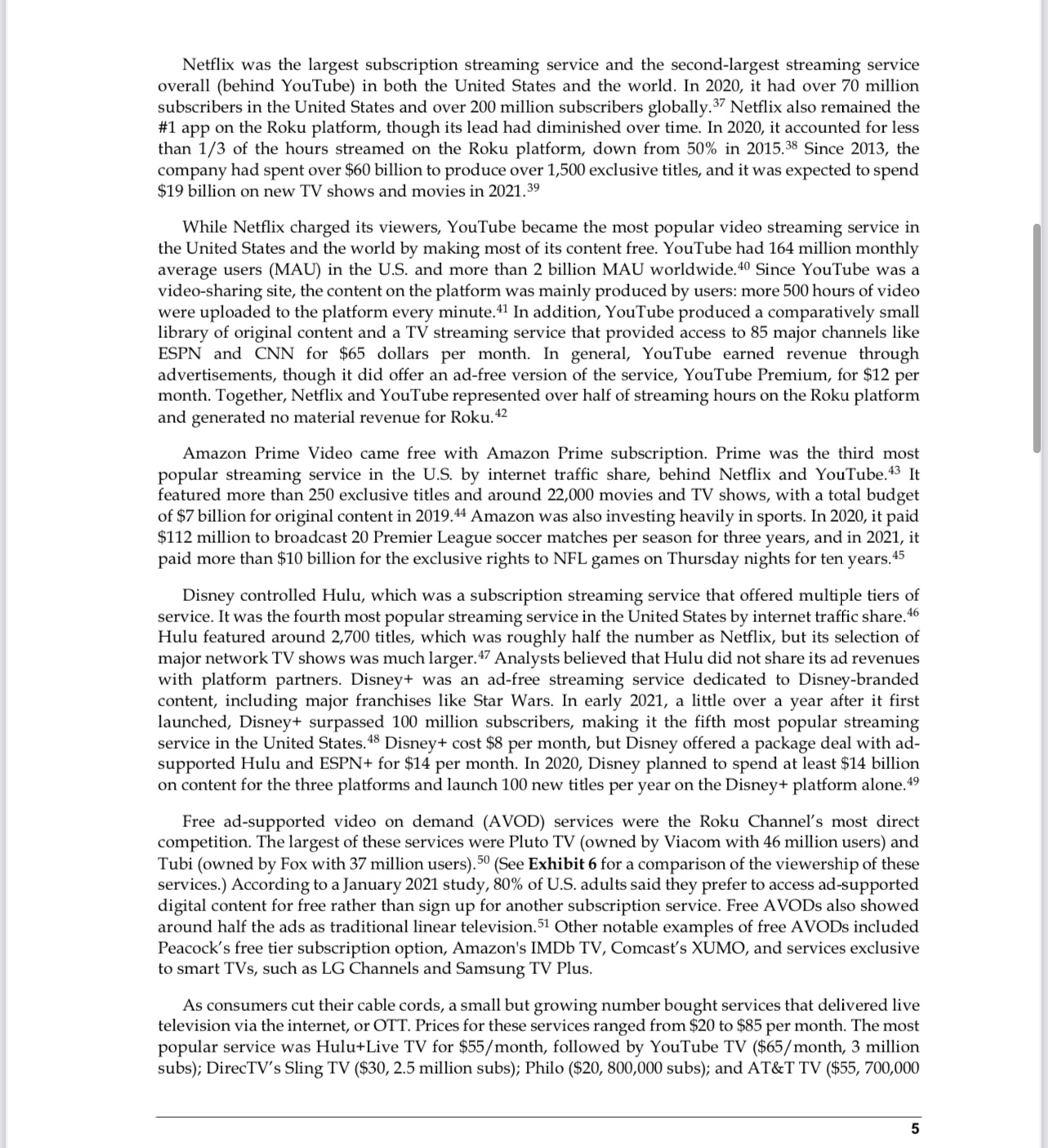
retained most of the rights for sports- the most popular programming in the U.S. ABC/ESPN, NBC, CBS, Fox (as well as Amazon) collectively agreed to pay $113 billion through 2033, just to broadcast pro football. 26 As one industry analyst said, "If you think of the future of network television, there is nothing more important to it than the NFL." 27 Internet Connected TV and Smart TVs CTV devices gave consumers an alternative to linear TV. With the explosion of new streaming services, discussed below, consumers widely adopted CTVs. By 2020, 77% of U.S. households with TVs had a CTV device. Roku had the leading market share with 39%, followed by Amazon Fire TV (30%), Apple TV (13%), Google Chromecast (12%), and many owned more than one device. 28 Several factors played into consumers' preferences for specific streaming devices, including the user interface, the availability of specific streaming services and applications, and technical specs (such as 4K streaming, HD audio, and voice controls). Analysts often rated Roku as the best streaming device. A review in Wired explained, "The platform may not have the prettiest onscreen menus, but it's dead simple and gives you access to almost all of the content you could possibly stream." 29 Some reviewers, however, rated Google Chromecast higher, mainly due to the appeal of its home screen, which integrated content from multiple services into a single interface.30 This was sometimes referred to as a "universal streaming guide."31 Apple TV had a similar feature. While Roku did not have a universal content guide, the Roku OS made it easier to find and view content from different platforms, like a cross-application search function and an updating feed of content from different services. However, Netflix did not support a universal guide for either Roku, Apple or Amazon. Netflix resisted integrating its content into other applications: as Netflix's CEO Reed Hastings said, "[W]e prefer to have our customers watch our content in our service."32 In March 2021, though, Netflix made an exception for Google TV; the terms of its agreement were not disclosed. 33 The trend in new TV sales was to make them "smart" by building in CTV functionality. In 2020, smart TVs were in 53% of U.S. TV households. 34 Samsung was the leading manufacturer of smart TVs (32% of households); followed by TCL (14%), VIZIO (13%), and LG (12%). 35 Samsung, VIZIO, and LG used their own OS, while TCL TVs featured an OS developed either by Roku or Google (Android). Other companies that licensed their OS to manufacturers included LG and Amazon. (Amazon's OS, Fire TV, was built on open source Android.) However, many smart TVs faced a common complaint: consumers perceived the user interfaces as "frustrating," "unintuitive," and "confusing."36 Streaming Services There were many ways to categorize the video-on-demand services available via CTV devices. Some charged subscription fees; some were pay-per-view; some showed ads; and some did two of the three: Amazon Prime, for example, offered both a subscription service and a pay-per-view service, and Hulu offered a tier of its subscription service that featured ads. One could also categorize them by the type of company that owned them: some were owned by tech companies, and some were owned by media companies (and some of those media companies were owned by telecommunications companies). The tech companies had entered the game early and were considered ahead on developing key technologies, such as algorithms that made recommendations to viewers. Media companies, on the other hand, had the advantage of holding the rights to popular content. While the most widely used options in 2021 were Netflix, YouTube, Amazon Prime Video, Hulu, and Disney+, there was also a long tail of niche streaming services, and new entrants into content, such as Apple. 4
Step by Step Solution
There are 3 Steps involved in it
Step: 1

Get Instant Access to Expert-Tailored Solutions
See step-by-step solutions with expert insights and AI powered tools for academic success
Step: 2

Step: 3

Ace Your Homework with AI
Get the answers you need in no time with our AI-driven, step-by-step assistance
Get Started


